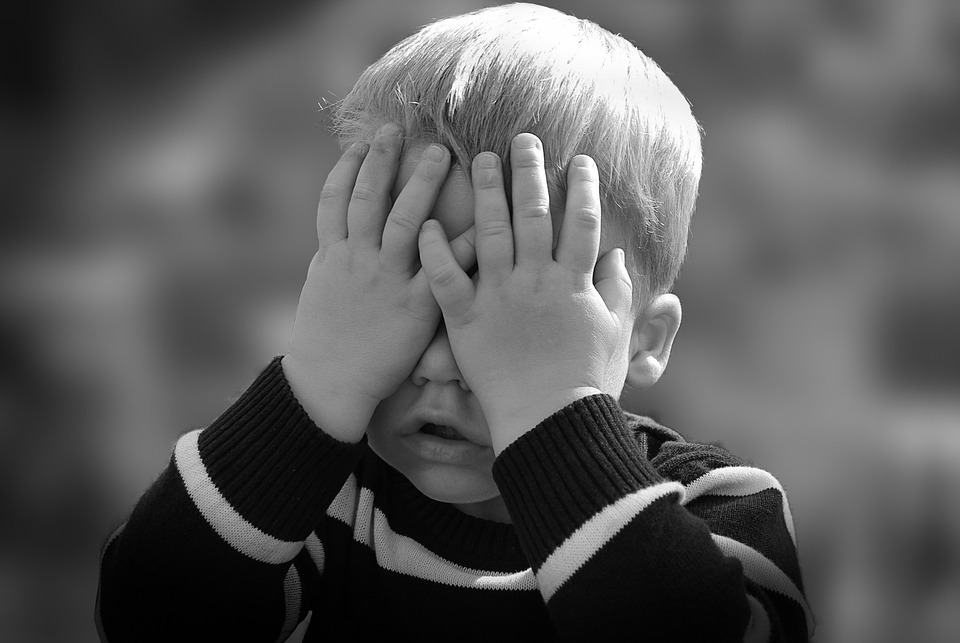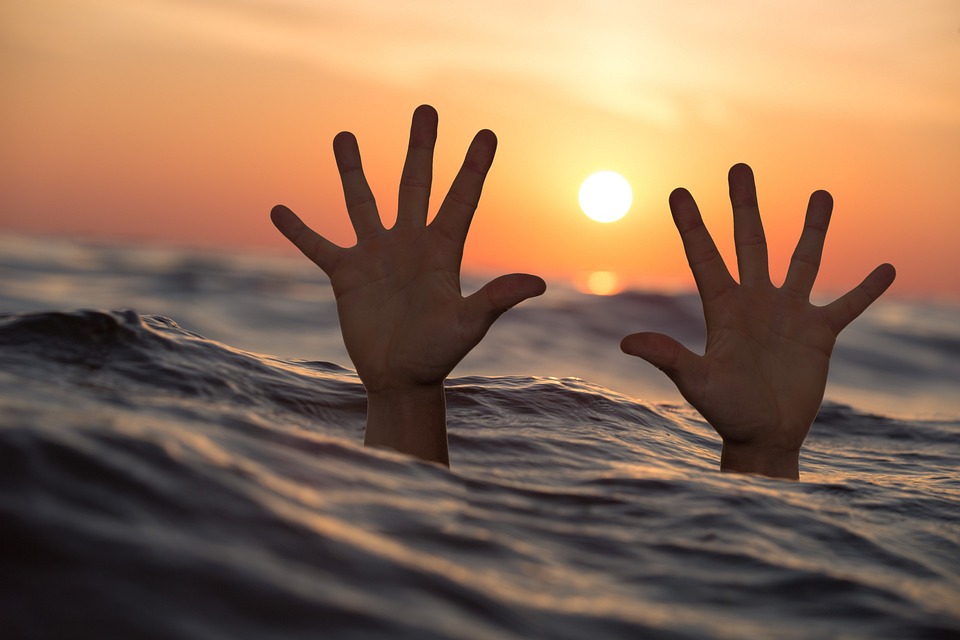Title: Lunar Tides: How the Moon’s Phases Affect Oceanic Rhythms
Introduction
The concept of lunar tides presents a fascinating dance of celestial mechanics, which directly influences the ebb and flow of our world’s oceans. The Moon, our only natural satellite, exerts a gravitational pull on Earth that triggers the tides, and its changing phases add a complex layer to these rhythmic movements. In this article, we will delve into the scientific insights behind the Moon’s impact on oceanic tides, understand how the lunar cycle influences tidal patterns, and explore the effects of these natural phenomena on marine life and coastal environments.
Part 1: Understanding Lunar Tides
As Earth revolves around the Sun, the Moon revolves around our planet in a synchronized dance, which forms a central element behind lunar tides. The lunar tidal force, born out of the gravitational pull between Earth and the Moon, elicits the movement of our planet’s waters.
Due to the significant difference in the Moon’s gravitational pull at various points across the Earth’s surface, we observe two high tides and two low tides during each lunar day (approximately 24 hours). Consequently, the tide gets shaped by the balance between gravitational forces causing bulges (high tide) and the Earth’s rotation – leading to a cycle of tidal patterns.
Part 2: Lunar Phases and Its Impact on Tidal Patterns
No matter the Earth-Moon position, tidal forces remain omnipresent. However, the Moon’s phases do influence the magnitude of these forces and thus the characteristics of tidal events known as spring and neap tides.
-
New Moon and Full Moon: These are synodic periods where the Moon, Earth, and Sun form a nearly straight line. A stronger gravitational pull is experienced, culminating in higher-than-average high tides (spring tides) and lower-than-average low tides.
- First and Third Quarters: At these points of the lunar cycle, the Moon lies at right angles to the Earth-Sun alignment. The forces generated by the Moon’s gravity and the Sun’s differential forces counteract each other, and the resulting less extreme tides are aptly named neap tides.
It’s crucial to not get wrapped up in the idea that the Moon’s phases, such as a full or new Moon, cause the tides. Rather, it’s a combination of factors including the Moon’s gravitational pull, Earth’s rotation, and the Moon’s angle concerning the Sun that affect the height of tides and their timing.
Part 3: Lunar Tides and Marine Life
The ebbing waters and inundating surges brought on by tides play a pivotal hand in shaping the dynamics and livelihoods of myriad marine species. Various organisms have acclimated to cope with these tidal shifts, birthing fascinating strategies. Some creatures, like shorebirds, time their foraging according to the tides, while others such as anemones, crabs, and starfish, coordinate their activity with low tides.
Part 4: Tidal Influence on Coastal Environments
While the Moon holds charge over the tides, these ebbs and flows leave a mark on the coastal front as well. Constant fluctuations in sea levels can shape or erode shorelines, creating diverse habitats such as estuaries and salt marshes. Moreover, tidal activity is a significant driving force behind nutrient cycling within these coastal ecosystems, facilitating the transfer of essential elements that fuel these biological hotspots.
FAQ Section
Q1: Why do we experience spring tides?
A1: Spring tides occur when the gravitational forces of the Moon and the Sun both align with the Earth, leading to increased tidal bulges and thus higher tides.
Q2: What causes neap tides?
A2: Neap tides occur when the gravitational forces of the Moon and the Sun are perpendicular to one another. This geometry lessens the overall tidal range, resulting in less pronounced high and low tides.
Q3: Do lunar tides affect freshwater bodies?
A3: While lunar tides primarily influence marine environments, estuaries and rivers that connect with the sea can also experience subtler tidal fluctuations.
Q4: How do moon phases influence tidal heights?
A4: The Moon’s phase affects tidal heights by altering the alignment between the Moon, the Earth, and the Sun. During new and full moons, the aligned forces enhance the tidal forces, producing spring tides. Conversely, during the first and third quarters, the Moon and Sun’s gravitational forces oppose each other, resulting in neap tides.
Conclusion
From synchronizing marine behavior to affecting coastal landforming, the lunar tides represent a pivotal natural phenomenon. While the Moon directly influences this tidal rhythm, the synchronized interplay of its phases and Earth’s rotation projects an intricate pattern that continues to captivate scientists and observers alike. By gaining insight into the relationship between lunar phases and tides, a better understanding of marine ecosystems, their inhabitants, and shoreline conservation is achieved.
Closing Thoughts and Further Exploration
Interestingly, tidal lore extends beyond strictly scientific discourse and has permeated into folklore and mythologies around the very same worldly phenomena. From lunar deities influencing the ocean’s mood to tales of tides holding secret messages, the curiosity kindled by the Moon-bound mystery encourages us to probe further. The next time you find yourself in the moon’s glow, ponder on the Moon’s ripple-effect, its syncopated dance with the sea, and how we’ve been witnessing the rise and fall of the tides since time immemorial.



